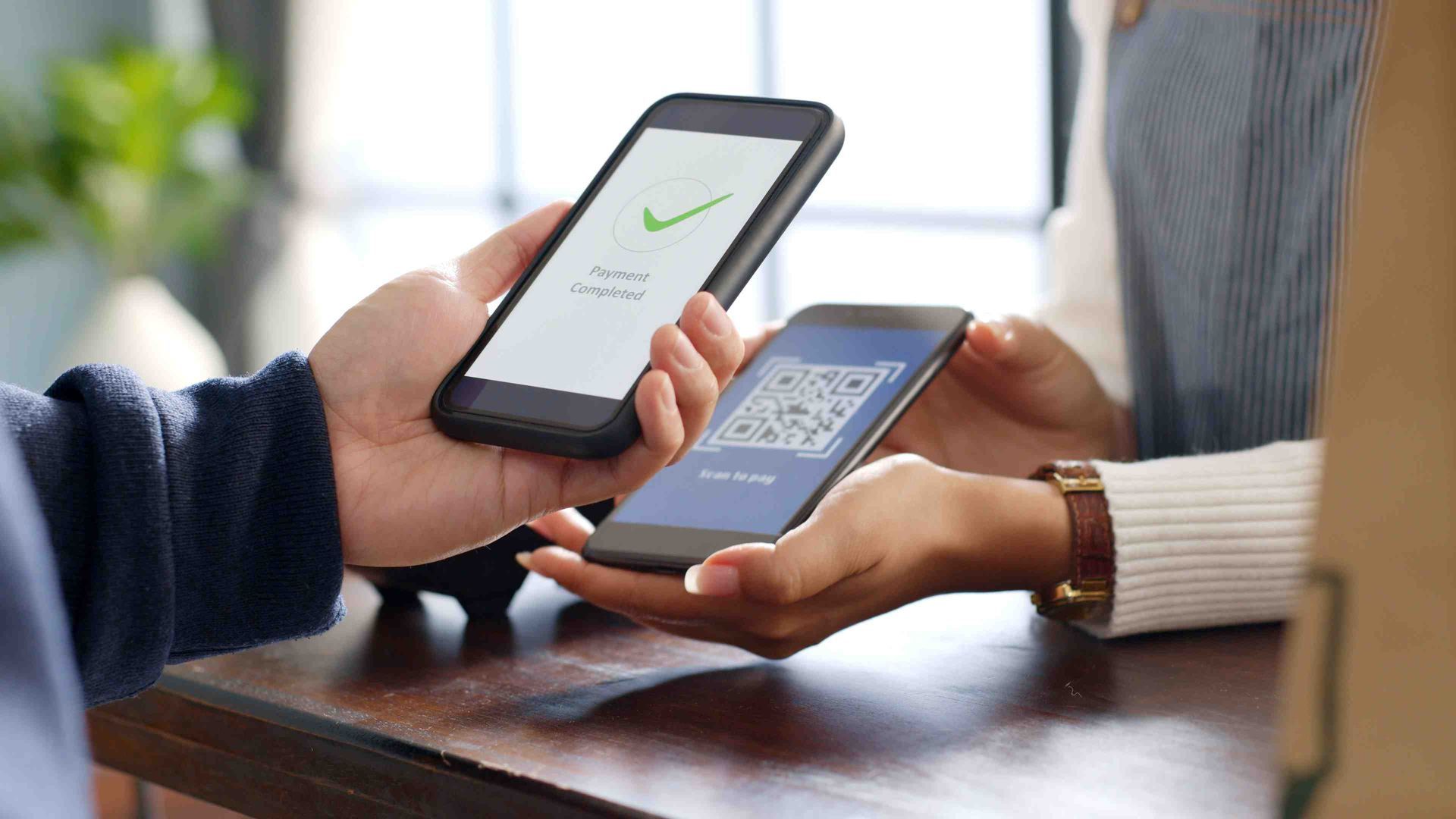Choosing the Right Business Card Material
They may be small, but business cards pack a powerful punch—or at least they should if you make the right choices. Yes, a business card can be the difference between being filed away in the trashcan or becoming the next phone call for a major project.
The secret? It’s all in the material. This guide will help you navigate through the ocean of options to make sure your card not only stays afloat but sails smoothly into your prospects’ memory. Let’s jump right in.
The Importance of Business Card Weight: Go Heavy or Go Home?
In the professional world, the weight of your business card carries significant importance. Let’s break it down a bit further to get a better understanding of what we mean.
The Basics of Card Weight
The weight of a business card is essentially its thickness and stiffness, measured in “points.” Just for clarity, one point is one-thousandth (.001) of an inch. This seemingly minuscule unit is anything but inconsequential; it directly affects how sturdy your card is, how it feels in the hand, and even how it stands up to the test of time.
Lightweight Cards: The Economical Choice
Clocking in at 11 to 14 points, lightweight cards are the economical frontrunners of the business card race. These cards are your go-to options for bulk distribution. Think trade shows, networking events, or insertions in promotional kits. The downside? They’re not exactly built to last.
Pros:
- Budget-friendly
- Suitable for mass distribution
- Easier to carry in large quantities
Cons:
- Lacks tactile impression
- Not highly durable
- Susceptible to wear and tear
Thick Cards: The Powerhouse of Durability
On the opposite end of the spectrum, we have thick cards weighing in at 30 points and above. These cards are the epitome of durability and exude a certain gravitas. Imagine meeting a contact at an industry event and exchanging cards; a thick card is more likely to create a memorable tactile experience.
Pros:
- High durability
- Leaves a memorable tactile impression
- Less prone to damage
Cons:
- Costlier to produce
- May not fit comfortably in standard cardholders
- Higher cost can limit quantity for smaller budgets
The Financial Equation
Let’s not tiptoe around the issue—thicker cards cost more. However, in professional settings where impressions are everything, this could be money well spent. You’ll need to decide whether the longevity and impact of a thicker card outweigh the short-term savings of going lightweight.
So, when selecting the weight of your business card, take into consideration not only your budget but also the message you want to convey. Do you want to be the card that gets glanced at and discarded or the one that commands a double-take and a secure place in your contact’s cardholder? Choose wisely.
The Finish Line: Matte, Satin, or Gloss?
In the world of business cards, a smooth finish can be just as important as what’s actually printed on the card. The finish not only adds an extra layer of texture and durability but also serves as the backdrop for your logo, text, and other elements. The finish is sort of the business card’s outfit—it can make or break the overall impression. So let’s talk fabric!
Uncoated: The Unfiltered Choice
Uncoated cards are the unvarnished truth-tellers in the business card realm. They offer a flat, non-reflective surface similar to that of printer paper, absorbing ink very well.
This feature allows for vibrant, true-to-life colors. However, an uncoated finish lacks a protective layer, which makes it more susceptible to smudging and general wear and tear.
Pros:
- Easy to write on
- Natural, textured feel
- No glare
Cons:
- Can be damaged easily
- Inks may spread, causing a less crisp image
- Not ideal for heavy graphical elements
Coated: The Versatile Showstopper
Coated cards are like the multitaskers in the corporate world—suitable for many different tasks yet unique in their capabilities. These cards come with a surface sealant, typically clay, that helps enhance their visual appeal and durability. Depending on your aesthetic preferences and functional needs, you can choose from matte, satin, or glossy finishes.
Matte Finish
Matte-finished cards are the strong, silent types. They offer a smooth, elegant surface that’s non-reflective. They absorb ink better than glossy cards but less than uncoated, striking a fine balance between durability and appearance.
Pros:
- Sophisticated look
- Easier to read
- Less susceptible to fingerprints
Cons:
- May lack the vibrancy of glossy cards
- Not ideal for heavy photo or graphic use
Satin Finish
If matte and glossy finishes had a middle child, it would be satin. Satin finish offers a moderate level of shine, less than glossy but more than matte. It can add a bit of flair to your card without going overboard.
Pros:
- Moderate shine enhances visuals
- Resistant to fingerprints
- Good for a variety of designs
Cons:
- May appear less vibrant than gloss
- Not as readable as matte under bright light
Glossy Finish
Glossy cards are the extroverts at the party. They offer high-reflective qualities that can make colors pop and designs stand out. However, the glossy finish might introduce glare issues, making the text hard to read under certain lighting conditions.
Pros:
- High visual impact
- Great for photo-centric designs
- Adds a layer of protection
Cons:
- Can attract fingerprints
- May produce glare, affecting readability
- Not ideal for text-heavy designs
Selecting the right finish for your business card can be just as strategic a decision as choosing its weight. Each option offers its own set of advantages and drawbacks. The finish you choose will depend on your brand, your budget, and how you intend to use the cards.
So consider your options, but don’t agonize; even if the finish isn’t flawless, your professionalism can still shine through.
Closing the Deal
Navigating the array of choices can feel a tad overwhelming, but remember, the key to making waves in the corporate world often starts with a piece of well-chosen cardstock.
A poorly chosen business card is a paper boat, easily forgotten and quickly sinking into oblivion. But a well-crafted one? That’s your unsinkable flagship, standing out in a sea of mediocrity.
Disclaimer: The information on this website and blog is for general informational purposes only and is not professional advice. We make no guarantees of accuracy or completeness. We disclaim all liability for errors, omissions, or reliance on this content. Always consult a qualified professional for specific guidance.






